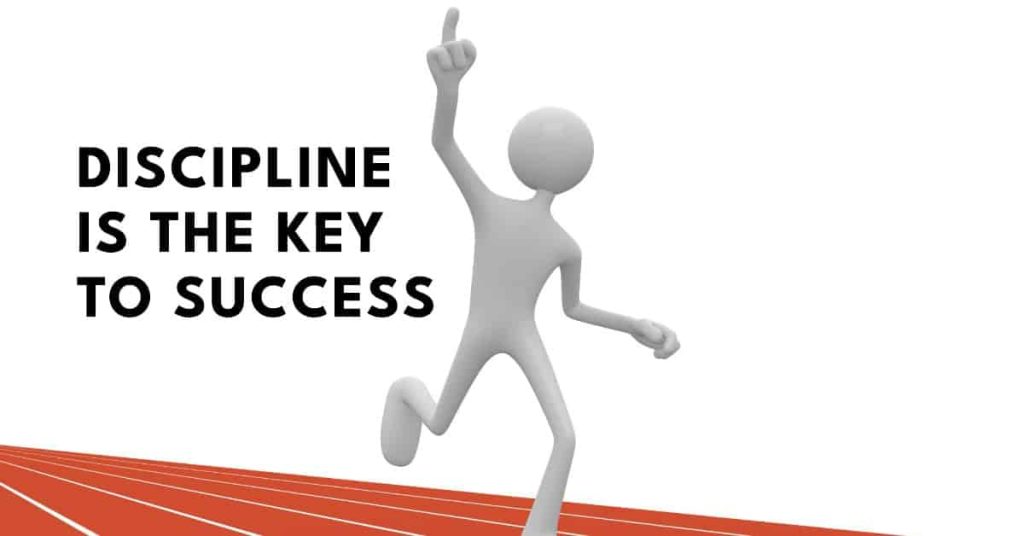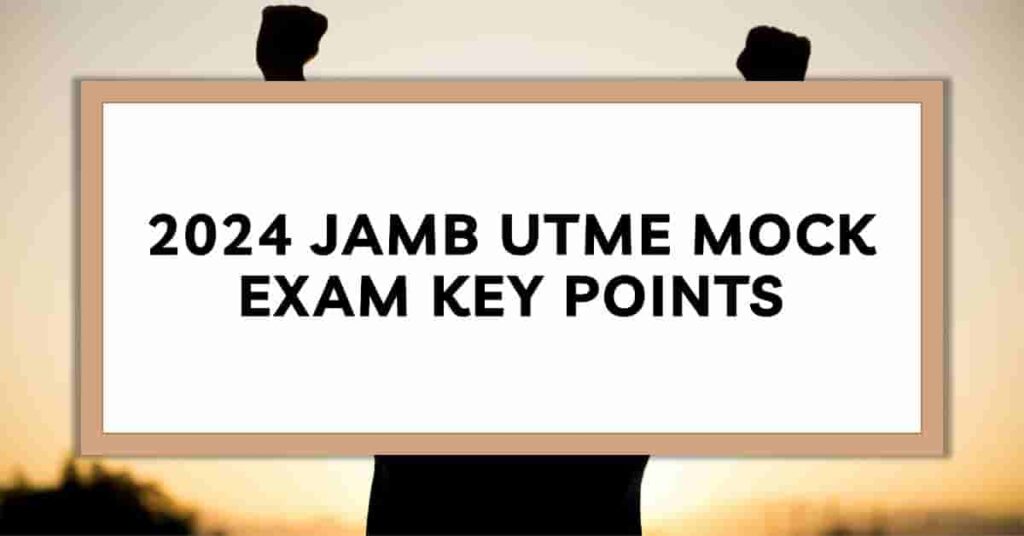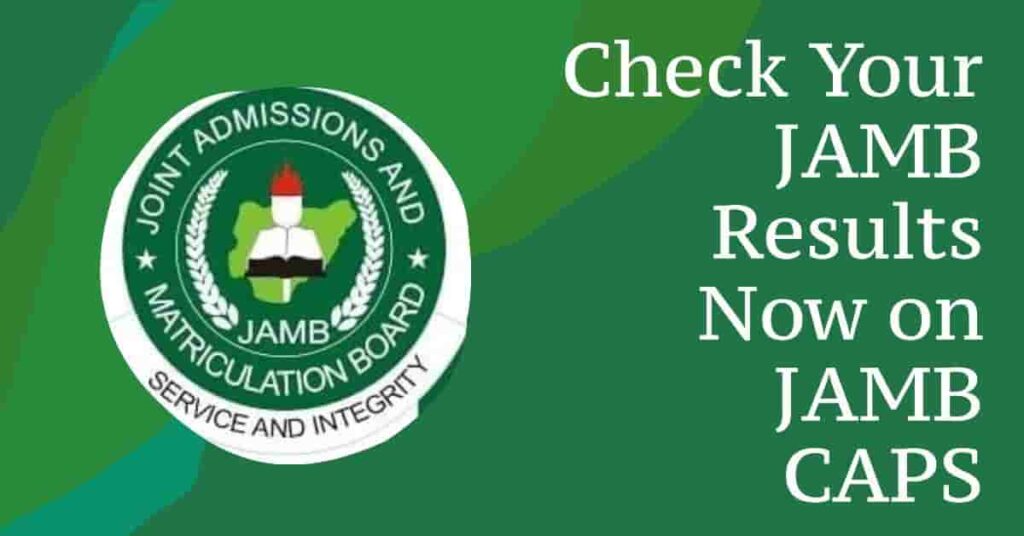
Defining Discipline in an Educational Context
Discipline in an educational context is a multifaceted concept that extends beyond mere rule enforcement. It encompasses the strategies, practices, and philosophies that guide student behavior, promote self-regulation, and foster an environment conducive to learning and personal growth. At Valdymas College of Advanced Studies, our approach to discipline integrates these elements, ensuring that students not only adhere to behavioral standards but also develop the self-discipline necessary for lifelong success.
Understanding Educational Discipline
Educational discipline can be broadly defined as the set of practices and strategies employed to manage student behavior and promote a positive learning environment. This includes both proactive measures to prevent misconduct and reactive measures to address it when it occurs. Effective discipline aims to maintain order, promote positive behavior, develop self-regulation, and ensure fairness and consistency. These objectives help create an environment where students can focus on learning and personal development without unnecessary disruptions.
Approaches to Discipline
There are several approaches to discipline, each with its own set of principles and strategies. Traditional discipline often focuses on punitive measures to correct behavior, emphasizing rule enforcement and consequences. Positive discipline centers on reinforcing good behavior rather than punishing bad behavior, using positive reinforcement to encourage students to learn from their mistakes. Restorative discipline aims to repair harm and restore relationships, involving dialogue and mutual agreement on how to address behavior and its consequences. Culturally responsive discipline considers the diverse backgrounds of students, ensuring that disciplinary measures are fair and equitable across different cultural contexts.
Discipline at Valdymas College of Advanced Studies
At Valdymas College, we have developed a comprehensive discipline strategy that incorporates elements from various approaches, tailored to meet the unique needs of our diverse student body. We establish clear behavioral expectations and communicate them effectively to all students, ensuring consistency in enforcing these rules. Our educators are trained to recognize and reward positive behavior through praise, privileges, or tangible rewards, encouraging students to continue exhibiting desirable behaviors. When disciplinary issues arise, we often use restorative practices, bringing together all parties affected by the behavior to discuss its impact and agree on how to move forward. This approach helps to rebuild trust and repair relationships. We are also mindful of the diverse cultural backgrounds of our students, designing our disciplinary measures to be fair and inclusive.
The Impact of Effective Discipline
Effective discipline has a profound impact on the educational experience and outcomes for students. A well-disciplined environment minimizes disruptions, allowing students to focus on learning and teachers to focus on teaching. Students learn to manage their own behaviors and develop self-regulation skills that are essential for personal and academic success. Fair and culturally responsive discipline practices ensure that all students have an equal opportunity to succeed. Restorative practices and positive reinforcement build a sense of community and mutual respect among students and staff.
Conclusion
In conclusion, discipline in an educational context is about more than just maintaining order; it’s about fostering an environment where students can thrive academically and personally. At Valdymas College of Advanced Studies, we are committed to a balanced approach that incorporates clear expectations, positive reinforcement, restorative practices, and cultural responsiveness. This comprehensive strategy not only promotes good behavior but also helps students develop the self-discipline they need for lifelong success.
References
- Bear, G. G. (2010). School Discipline and Self-Discipline: A Practical Guide to Promoting Prosocial Student Behavior. The Guilford Press.
- Jennings, P. A., & Greenberg, M. T. (2009). The Prosocial Classroom: Teacher Social and Emotional Competence in Relation to Student and Classroom Outcomes. Review of Educational Research, 79(1), 491-525.
- Valdymas College of Advanced Studies. (2024). Discipline Strategies and Policies at Valdymas. Valdymas College website.



